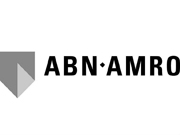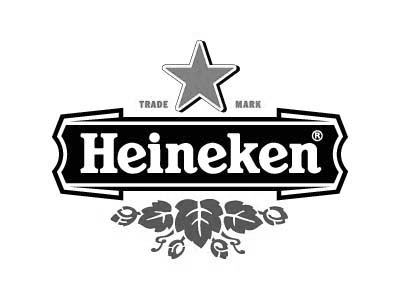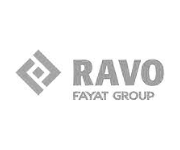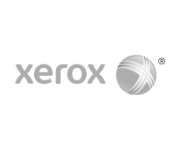How to give and receive feedback
Recently, a customized feedforward workshop was organised on learning how to give and receive feedback. This time for a team in an organisation responsible for the management and maintenance of complex energy grids and large industrial plants. The team consists of consultants, project managers, lawyers and a manager, a total of 21 persons.
The question: continue to improve by learning how to give and receive feedback
 The team has grown rapidly in recent years, but generally operates well. They are hard-working individual professionals, who are very result oriented in their work. They do what they say and say what they do, and are perfectly trusted by customers and associates. This is reflected in their top ten qualities. Intensive cooperation with each other, learning from each other by entering into dialogue with each other and addressing each other in order to improve, are not among this team’s strong points. However, they are acutely aware that effective cooperation within the team will also strengthen cooperation to the outside and can raise the team to a higher level.
The team has grown rapidly in recent years, but generally operates well. They are hard-working individual professionals, who are very result oriented in their work. They do what they say and say what they do, and are perfectly trusted by customers and associates. This is reflected in their top ten qualities. Intensive cooperation with each other, learning from each other by entering into dialogue with each other and addressing each other in order to improve, are not among this team’s strong points. However, they are acutely aware that effective cooperation within the team will also strengthen cooperation to the outside and can raise the team to a higher level.
The team also wants to grow and improve, and to work on the subject of how to give and receive feedback. Or rather, with feedforward: learn to give each other effective feedback and learn to receive feedback on the qualities and behaviours that matter, in a positive manner, based on qualities.
All team members have already completed the on-line feedforward analyse™ and had a selection of their colleagues in the team, together with other colleagues within the organisation and external associates and acquaintances, complete the form.
From ‘this is what you should improve on’ …to…actual feedforward
Muriel Schrikkema, feedforward expert, started the workshop by explaining and having them feel why “traditional” give and receive feedback has the opposite effect on humans. This also explains the success of the feedforward analyse™. Many of Direction’s customers find that training courses and programs on creating an open contact culture through feedback training, don’t work. What emerges from leading neuroscience research: our brains cannot or hardly cope with someone give and receive feedback. And improvement based on feedback is altogether difficult.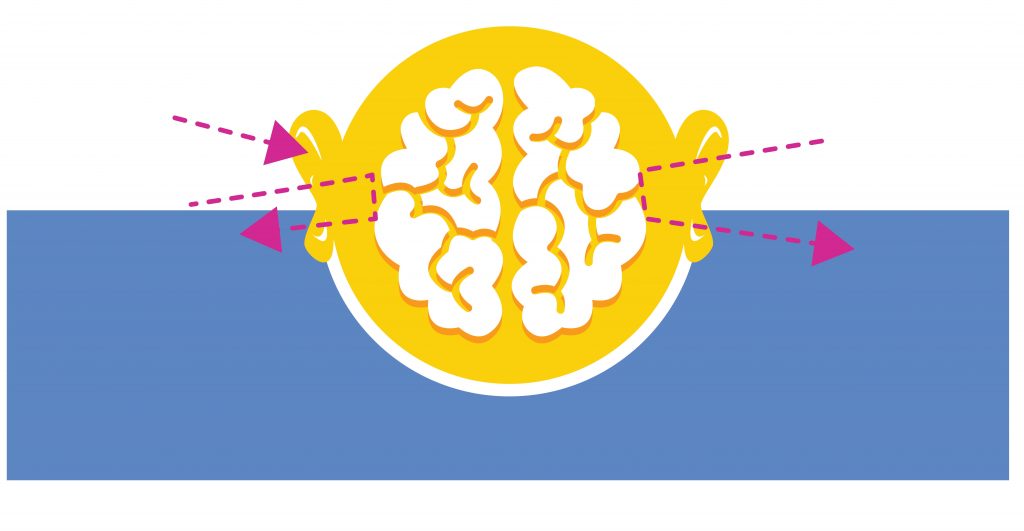
In a lively workshop, the participants paired up to work on each other’s individual qualities. Coaching each other in a feedforward manner, to perform a specific function even better, takes a lot of practise. Many participants initially got caught in the pitfall, by addressing each other on what was wrong and what needed to be improved. But soon, many participants managed to look at the qualities that their colleague possessed and which could help him / her become even better in his / her position. The mindset shift that is needed, was noticeable.
The group became more and more enthusiastic and positive and that shifted the dialogue to the areas for improvement, under way. The next task was to look at the qualities that are needed to have the various sub teams (consultants, project managers and lawyers) perform better. To agree on the essential qualities for the sub team first, already produced a lively discussion. Next we examined which of these essential qualities are already present within the sub team, what is everyone’s unique contribution within the team and how does it enable us to further improve the performance of the team. Looking for positive ways to improve, without casting blame, but rather by implementing qualities, gave rise to wonderful dialogues.
Concrete agreements based on dialogue
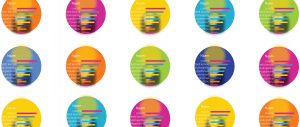 Concrete agreements were made with each other, within the various sub teams, in order to actually give shape to the improvement. These concrete appointments were also confirmed by the feedback to the whole team, from the sub teams. Schedules were drawn up by the project leaders, to go in further search of each other’s qualities, together. In order to better utilize everyone’s added value during troublesome projects. As the smallest club in the team, the lawyers shook all modesty from themselves and actively went looking for ways to stand out more clearly and to share even more of their knowledge with colleagues. And the consultants took on the role of guarding the initiated positive dialogue and actively working on improving mutual cooperation.
Concrete agreements were made with each other, within the various sub teams, in order to actually give shape to the improvement. These concrete appointments were also confirmed by the feedback to the whole team, from the sub teams. Schedules were drawn up by the project leaders, to go in further search of each other’s qualities, together. In order to better utilize everyone’s added value during troublesome projects. As the smallest club in the team, the lawyers shook all modesty from themselves and actively went looking for ways to stand out more clearly and to share even more of their knowledge with colleagues. And the consultants took on the role of guarding the initiated positive dialogue and actively working on improving mutual cooperation.
Give and receive feedback and coach each other are qualities that are only dealt with relatively late in the entire team. Still, they manage to actively spend time on this now. And we’re sure that they will keep it up as well. Why?
These are the top five highest scoring qualities within the whole team:
- He / she is reliable / honest
- He / she does what he / she says and says what he / she is doing
- Displays ownership
- Focused on results
- Is people-centred and asks questions
The team is focused on achieving results for clients, and shall take full responsibility for it. To keep doing this to the best of their ability, they know that they have to keep improving. To get even better result for customers, calls for these individual hard workers to strengthen themselves and effectively work together as a team. Only then will they be able to achieve even better results, both internally and externally, and to continue to earn that trust.
The team is already focused on results, each team member works hard and with discipline; so they will certainly succeed at it! From these qualities, we are sure that they will honour the agreements made during the meeting and be successful.
That is feedforward: improvement based on the qualities that are already present!
Contact us for more information about the possibilities of a feedforward workshop!

